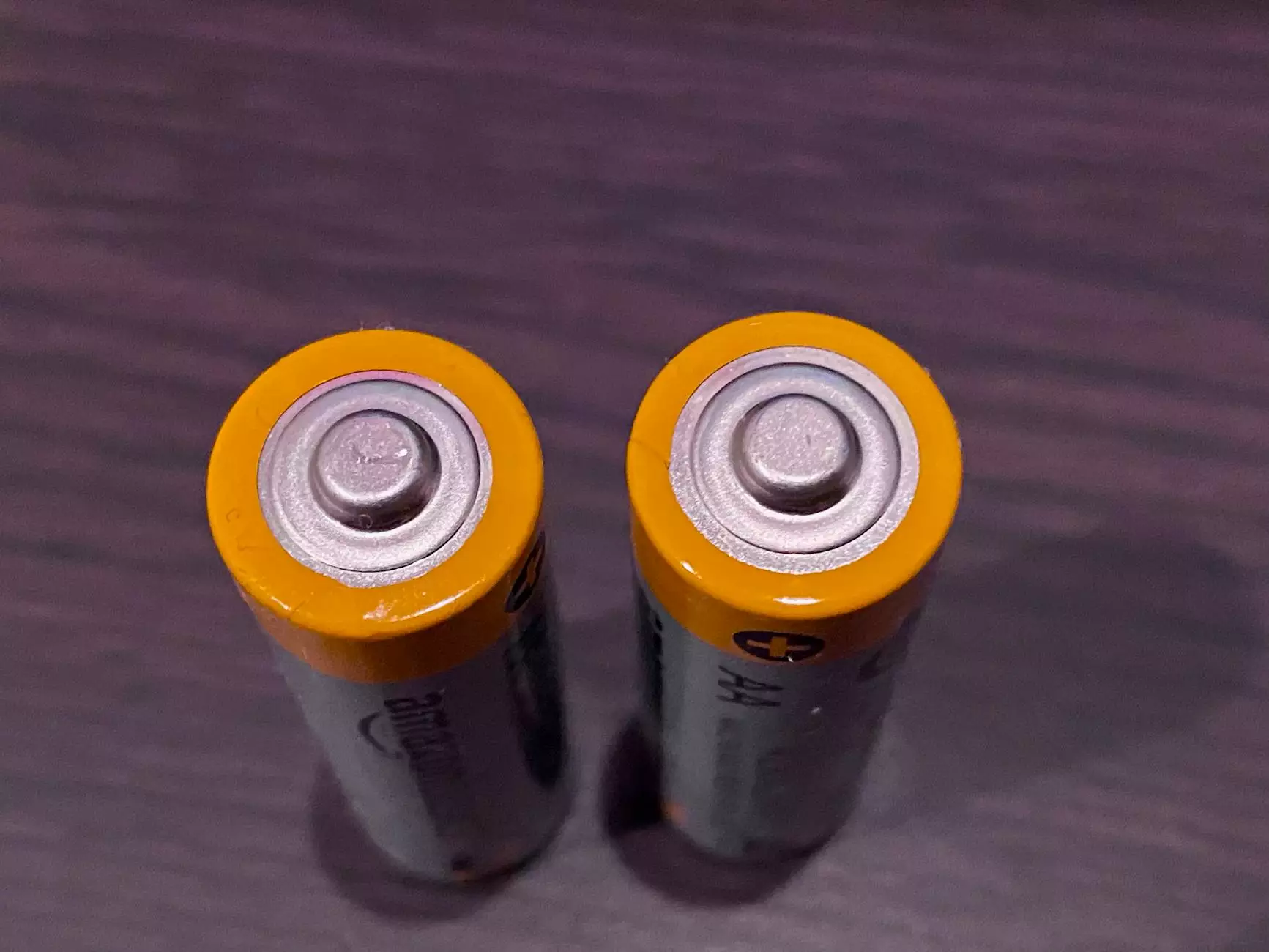Understanding Tendonosis vs Tendonitis: Key Differences and Insights

The terms tendonosis and tendonitis are often used interchangeably in everyday conversations, but they refer to distinctly different conditions that affect the tendons in our bodies. Understanding these differences is essential not only for healthcare professionals but also for anyone who is engaged in physical activities or managing workplace ergonomics. This article delves in-depth into the topic of tendonosis vs tendonitis, covering definitions, causes, symptoms, treatments, and how they could impact your overall health.
What Are Tendons?
Tendons are strong connective tissues that attach muscles to bones. They play a critical role in facilitating movement by transmitting the force generated by muscles to the skeletal system. A healthy tendon is essential for maintaining stability and function in both athletic performances and day-to-day activities.
Defining Tendonitis
What is Tendonitis?
Tendonitis refers to the inflammation of a tendon, often caused by overuse or injury. This condition can result from acute trauma, repetitive motion, or chronic strain. The inflammation leads to pain, tenderness, and limited mobility. Typical sites for tendonitis include the elbow (often referred to as "tennis elbow"), the shoulder (rotator cuff tendonitis), and the knee (patellar tendonitis).
Causes of Tendonitis
- Repetitive Motion: Engaging in the same movements repeatedly can lead to microtrauma in the tendon.
- Age: As we age, tendons lose elasticity and become more susceptible to inflammation.
- Injury: Acute injuries can result in immediate inflammation and development of tendonitis.
- Poor Posture: Ergonomic issues, particularly in work environments, can contribute to tendon strain.
Symptoms of Tendonitis
The symptoms of tendonitis can vary among individuals but generally include:
- Pain: Often a dull ache, particularly near the joint.
- Swelling: Noticeable swelling around the affected tendon.
- Stiffness: Reduced mobility and stiffness in the affected area.
- Warmth: The area may feel warm to the touch, indicating inflammation.
Defining Tendonosis
What is Tendonosis?
Tendonosis is a chronic condition characterized by the degeneration of the tendon’s collagen in response to chronic overuse. Unlike tendonitis, it is not primarily inflammatory but rather a degenerative condition that leads to micro-tearing and impaired healing of the tendon tissue. This is particularly common in athletes who frequently engage in high-impact activities.
Causes of Tendonosis
- Chronic Overuse: Prolonged repetitive stress on a tendon without adequate rest can lead to tendonosis.
- Aging: Age-related changes can affect tendon health, making older adults more susceptible.
- Biomechanical Issues: Footwear, running patterns, and anatomical variations may predispose individuals to tendon damage.
- Inadequate Warm-Up: Skipping warm-up exercises increases the risk of tendon degeneration in athletes.
Symptoms of Tendonosis
Symptoms of tendonosis can closely resemble those of tendonitis but usually indicate a more chronic issue:
- Chronic Pain: Persistent pain that may worsen when engaging in specific activities.
- Stiffness: The affected joint may feel tight and difficult to move.
- Swelling: Less pronounced than with tendonitis but may still be present.
- Localized Tightness: Sensation of tightness in the tendon area.
Tendonosis vs Tendonitis: Key Differences
Understanding the differences between tendonosis and tendonitis is crucial for effective treatment and prevention:
1. Nature of Condition
Tendonitis is primarily an inflammatory condition, while tendonosis is degenerative.
2. Duration of Symptoms
Tendonitis typically manifests acutely and resolves with proper rest and treatment, whereas tendonosis persists over a longer duration and may require more extensive intervention.
3. Treatment Strategies
The treatment modalities differ significantly:
- Tendonitis Treatments:
- Rest: Essential to reduce inflammation.
- Ice Therapy: Reduces swelling and pain.
- Anti-Inflammatory Medications: NSAIDs can provide relief.
- Physical Therapy: Guided exercises can strengthen the tendon.
- Tendonosis Treatments:
- Tendinopathy Protocols: Emphasizing eccentric strengthening exercises.
- Ultrasound Therapy: Promotes healing through deep tissue massage.
- Injections: Such as platelet-rich plasma (PRP) therapy may be beneficial.
- Surgery: In rare cases, surgical intervention may be necessary for severe degeneration.
Workplace Implications
For businesses, understanding these conditions is crucial in promoting employee health and reducing workplace injuries. Ergonomics plays a vital role in preventing both tendonitis and tendonosis. Incorporating the following practices can help mitigate risks:
- Ergonomic Assessments: Conduct regular assessments of workstations to identify potential issues.
- Employee Training: Educate employees about stretching and best practices for lifting techniques.
- Regular Breaks: Encourage employees to take regular breaks from repetitive tasks.
- Injury Reporting: Develop a system for reporting symptoms early to prevent exacerbation of conditions.
Empowering Yourself and Your Business
Awareness and knowledge around tendonosis vs tendonitis empower individuals and organizations. Understanding the signs and symptoms ensures timely intervention and treatment, minimizing the impact on health and productivity. For businesses, fostering a supportive environment that values employee health can lead to reduced absenteeism, enhanced job satisfaction, and improved overall efficiency.
Conclusion
Both tendonitis and tendonosis are significant conditions that can affect physical performance, workplace productivity, and overall well-being. By understanding their differences, we can adopt preventative measures and effective treatment strategies that lead to a healthier life and a more productive workplace. Whether you're an athlete, an office worker, or a healthcare professional, being informed about tendonosis vs tendonitis is essential for maintaining optimal health and function.
Further Resources
For more information regarding tendon health, injury prevention, and rehabilitation strategies, consider consulting healthcare professionals or physical therapists who specialize in musculoskeletal injuries. Additionally, resources such as IAOM-US offer valuable insights into healthcare and wellness practices that can assist both individuals and businesses in this journey.









